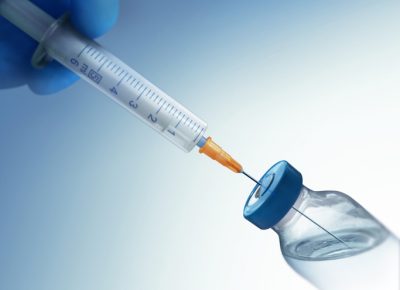What is a cortisone shot?

“Just get a cortisone shot”. That is the answer most people either give or receive in response to a complaint of pain somewhere in the body. However, not many people outside of the medical field actually know what a cortisone shot is, how it works, what it treats or how safe it is. In addition, there is a lot of bad information floating around out there that you have probably heard at some point. I am going to take a few minutes and explain what a cortisone shot is and who should get one.
Cortisone is hormone produced naturally in the body by the adrenal glands. However, it is better known for its uses when produced synthetically. Cortisone is one of many options is a class of medications called corticosteroids. But since it has been around the longest, its name is used in a generic fashion to represent the entire class of medications (like Band-Aids for adhesive bandages).
Corticosteroids are very strong anti-inflammatory medications. Inflammation is the body’s way of removing foreign substances, like bacteria and viruses. It is also the way the body heals damaged tissue, like a sprained ankle. However, sometimes the body’s inflammatory response is too strong, leading to persistent pain, such as with tendinitis. Corticosteroids can decrease or stop this excess inflammation, reducing or completely relieving the pain
Corticosteroids can be given in an IV, as a pill, as a cream or as an injection. In sports medicine, we most frequently inject the medication directly into the area of inflammation. It is most effective in treating tendinitis, bursitis and arthritis. Some common examples are tennis elbow, rotator cuff tendinitis, hip bursitis and knee arthritis. There are a few structures that should not be injected due to fear of rupture, and they include the patella and Achilles tendons.
Corticosteroid injections are very well tolerated. However, there are a few potential side effects. A couple of the more common ones include, redness of the face or around the injection site. They are harmless and go away in a few days. There is always the risk of an allergic reaction. Diabetics have to be very careful, as corticosteroids can cause the blood sugar levels to spike as high as 500-600 for a few days. Multiple injections in the same area can cause the tissue under the skin to breakdown leaving a large dimple; or the skin can lose its color leaving a pale spot. Patients that are on blood thinners can safely get a corticosteroid injection.
The most common question/fear asked by patients involves the long-term safety of these injections. The answer is that if utilized properly and judiciously, they are extremely safe. Injections can be given to an individual joint or structure 3-4 times per year, or once every 3-4 months. Injections to different body parts can be given at the same time. There is some concern that injections done more frequently may cause deterioration of the cartilage or tendons.
Cortisone injections are an excellent treatment option for sports medicine doctors. They provide rapid relief of pain, allowing the patient to return to work and/or activity quickly. They also provide the relief of pain often necessary to allow the patient to perform the rehabilitation needed to correct the underlying cause of the pain. I use them frequently in my office and find them to be a safe and effective treatment for many musculoskeletal injuries.
